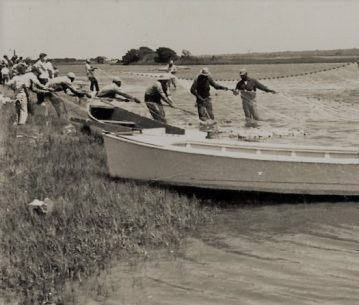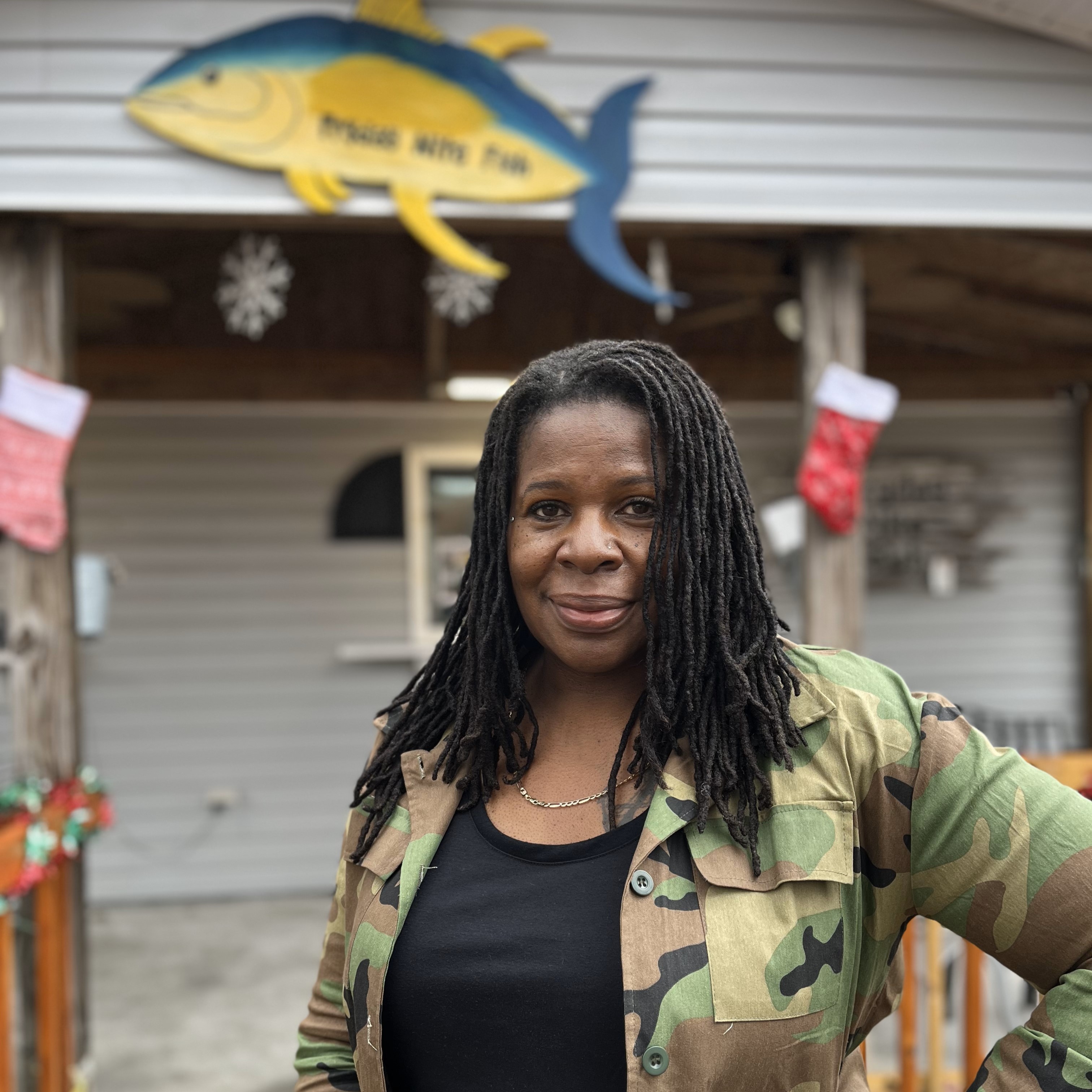How gill nets really work in North Carolina

Gillnetting takes a lot of undeserved heat in North Carolina.
Our state’s commercial fishers collaborate closely with scientists and fishery managers to make sure gillnets are fished responsibly. “Gillnets are the most highly regulated gear in North Carolina,” N.C. Fisheries Association executive director Glenn Skinner has said.
But the perception of gillnets is contrary to how the gear is actually managed.
For instance, gillnets have been blamed for harming striped bass in Pamlico Sound, Pamlico River and Neuse River. Yet, research by the N.C. Division of Marine Fisheries (DMF) found that gillnets are not the primary source of “discard mortality,” which is the death of fish after they are released back into the water.
Discard mortality from gillnets has been greatly reduced for many species like red drum, southern flounder and striped bass simply by regulating gillnet mesh sizes and fishing practices, Skinner said. “Waste from gillnets now makes up a very small percentage of the total removals for these species.”
For example, more than half of the 3.9 million pounds of the recreational red drum catch between 2008 and 2017, according to DMF, ended up as dead discards or waste. In that 10-year period, the number of red drum counted as recreational “dead discards” exceeded the total amount of fish taken by the commercial sector, including discards and marketable fish.
Here are key facts to know about gillnetting in North Carolina.
1. Gillnets must be attended under most circumstances. Furthermore, commercial fishers know that seafood quality diminishes the longer that fish remain in nets. Commercial fishers want to ice fish as soon as they are caught to ensure you get the best seafood on your plate.
2. Gillnets are highly selective, not indiscriminate. Net mesh sizes are strictly regulated so that fish outside legal-size limits or unintended species are less likely to become trapped in the nets.
3. Gillnet users must allow observers on their vessels. Those observers, provided by the N.C. Division of Marine Fisheries and paid for via commercial fishing license fees, monitor net use and precautions to avoid interactions with marine mammals or sea turtles.
4. The use of gillnets has decreased by more than 50% since the mid-1990s, part of an overall reduction in fishing effort and commercial fishers in North Carolina waters due to numerous factors.





